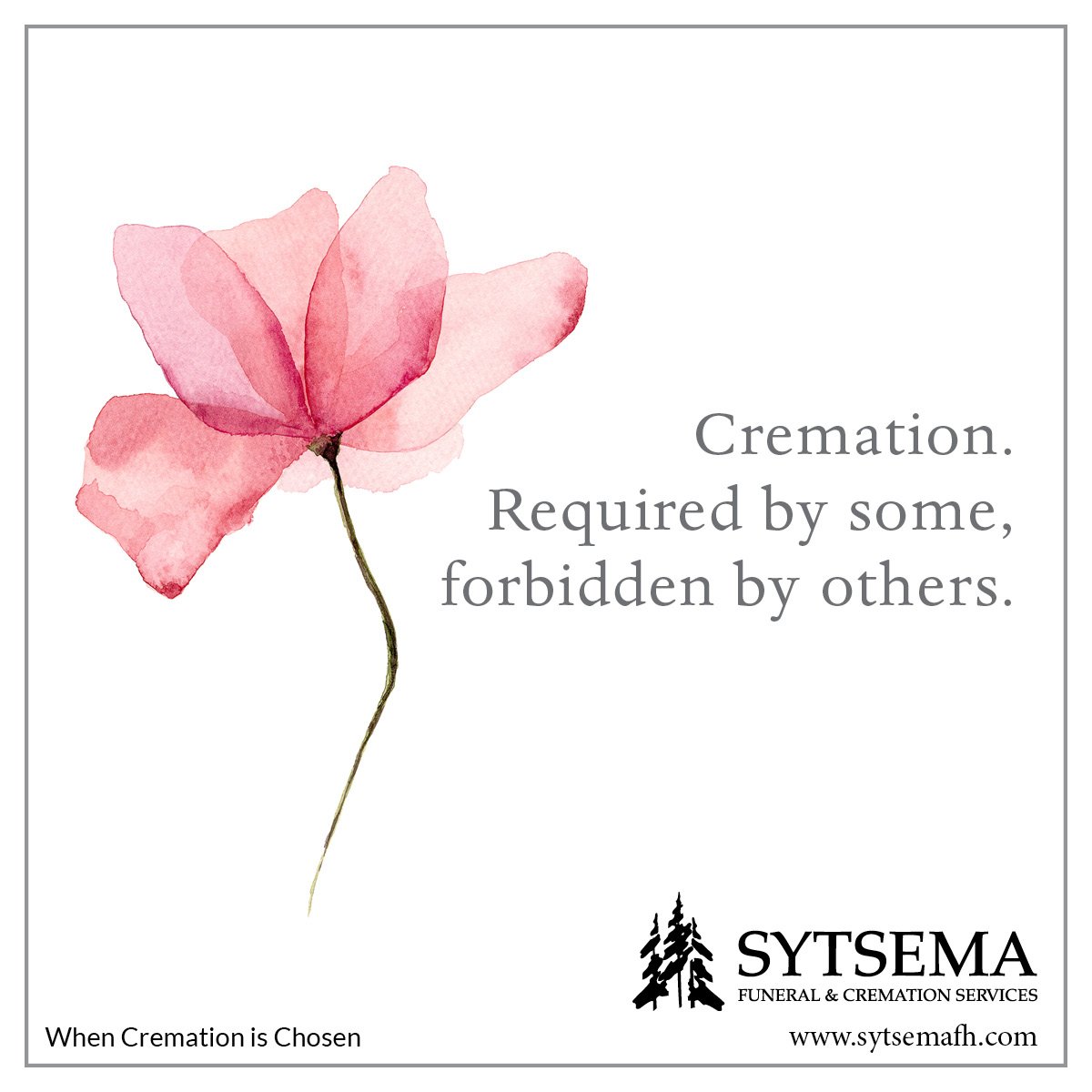What happens when no one decides what to do with the six pounds of cremated remains that are left following the funeral or memorial service? You might be surprised at some of the unusual places where they show up.
For example, let’s just say you buy a swell little red two-seater sports car and drive that baby home. Of course, you are going to give her a good sprucing up. When you get around to cleaning the trunk you find a non-descript little plastic box. Close inspection reveals it’s full of a chunky greyish white substance. On the bottom of the box you notice there is a label and a name! OMG! You have what’s left of someone you never knew in your trunk! Or, you buy a house and it looks like someone left a nice vase in the attic … you get where I am going with this, right? As life moves on, sometimes well-meaning people lose track of the box or urn they were looking after.
Thrift stores and Goodwill are often the recipient of cremated remains. And guess what? They don’t want your great uncle Henry.
How can this be? Well, family members are not always comfortable with the scattering plan the deceased requested. It’s hard to dispose of what remains of someone you loved. Perhaps the plan wasn’t even realistic. The sand trap on the seventh hole is really not an easy place to “scatter” six pounds of crushed bone fragments. It’s not sand. All too often, cremated remains find their way back to the funeral home years after the funeral service took place. It’s the boom-a-rang effect, leaving the funeral home with the task of tracking down a living relative.
The moral of this story is simple. When someone you love tells you they “just want to be cremated” ask this question, “And then what shall we do with your ashes?”. If you are thinking about cremation don’t leave your plan partially complete. Talk to your funeral director or advance funeral planner (both can be found at your local funeral home) about your options for after the cremation. Make sure the family members you designate to carry out your final plan are comfortable and able to take care of the final resting place for your ashes.
Finally, if you have a family member’s cremated ashes in the attic, trunk, or somewhere unusual and you need help with a final plan… call the funeral home. They can help you make choices.





